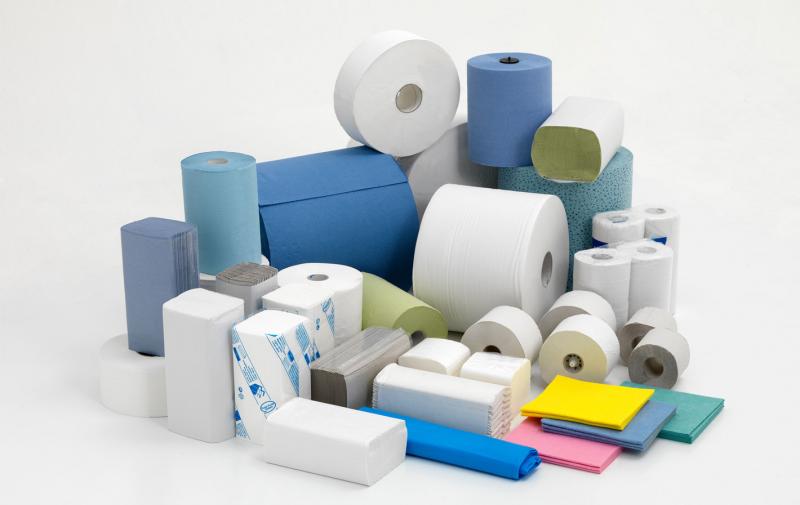The tissue and hygiene paper industry is a significant sector in Europe's paper industry landscape. Tissue and hygiene products include toilet paper, facial tissues, kitchen towels, paper napkins, and wipes. This article explores the various aspects of the tissue and hygiene paper industry in Europe including its size, key players, product segments, and trends.
Size and Growth of the European Market
The European Tissue And Hygiene Paper is sizable and growing. According to recent reports, the total market size was estimated to be over €20 billion in 2020. Germany, Italy, France, the UK, and Spain are some of the largest national markets. The per capita consumption of tissue products is also higher in Western European countries compared to other regions. The market has seen steady growth rates of around 1-2% per year historically driven by rising incomes, health, and environmental awareness. The growth trajectory is expected to continue with an aging population demanding more hygiene products.
Key Players in the European Industry
Some of the major players in the European tissue and hygiene paper industry include:
- Essity: A Swedish company, Essity is one of the largest tissue and personal care product manufacturers in Europe with strong brands like TENA, Tork, and Libero.
- Sofidel: An Italian company and a global leader in the tissue paper business operating in 11 countries.
- WEPA: A German tissue paper producer with operations across Europe and a wide product portfolio.
- Georgia-Pacific: Through its European subsidiaries, the American company GP is a prominent player particularly in the away-from-home tissue segment.
- Kimberly-Clark: Another American multinational, K-C is a major brand for Depend underwear and Kleenex facial tissues in Europe.
-Lucart: An Italian manufacturer focused on tissue, airlaid nonwovens, and recycling processes.
These large corporations dominate the European market but there are also many small and medium local tissue converters and private label suppliers across countries. Intense competition ensures product and process innovations.
Key Segments in the Industry
The European tissue market can be segmented based on product types and distribution channels:
- By Product: Toilet paper, facial tissues, paper towels, napkins, wipes, and away-from-home (AFH) products for offices, schools, hotels, etc. Toilet paper and paper towels are highest in terms of volumes.
- By Distribution: The retail segment including supermarkets and hypermarkets account for about 50% of sales. The non-retail or AFH segment makes up the balance with distribution through specialized channels.
- National Markets: Demand patterns vary by country based on socio-economic factors. Southern European nations lean more towards softer toilet paper while Northern regions prefer stronger grades.
Sustainability and Innovation Trends
Environmental sustainability is a growing priority for tissue makers and consumers in Europe. Key ongoing trends in this area include:
- Increased Use of Recycled Fibers: Many manufacturers aim for higher post-consumer recycled fiber content in their products responding to regulatory pushes while ensuring quality and softness.
- Reduced Deforestation: Companies partner with environmental agencies to advance sustainable forestry practices for virgin wood fiber sourcing. Some have received Forest Stewardship Council certification.
- Resource Efficiency Gains: Adopting new technologies to reduce water, energy use and emissions from facilities helps lower operational costs as well as environmental footprint.
- Compostable Products: The market sees rising interest in flushable wipes and other compostable hygienic papers made from plant-based or biodegradable materials.
- Digital Print customization: Technology enables personalizing tissue boxes with names, pictures or messages targeted for millennial parents to enhance brand loyalty.
Challenges and Forecast
Like other industries, tissue producers face macroeconomic challenges including higher commodity and energy prices due to the current geopolitical turmoil. Also, private label store brands continue grabbing market share by offering value-priced alternatives. However, with hygiene awareness not waning and new product innovations the sector remains optimistic about its long term European prospects. The market value is forecast to marginally grow and surpass €21 billion by 2025.
In conclusion, the tissue and hygiene paper industry makes essential daily goods for European households and businesses. Large integrated companies joined by dynamic SMEs fulfill this critical needs segment through constant technology and sustainability improvements. While facing short term headwinds, the market leaders aim to champion green credentials and keep pace with demand trends across the region's diverse national markets in the coming years. Overall, the fundamentals remain sound for the industry to prosper further.
Get More Insights On Tissue And Hygiene Paper Industry
